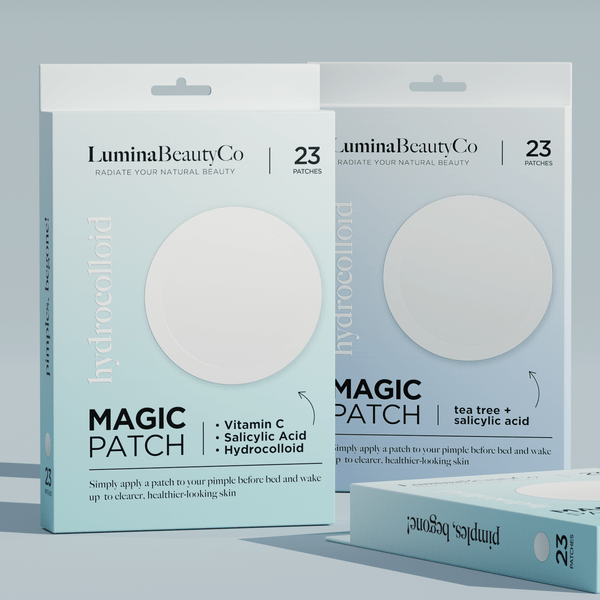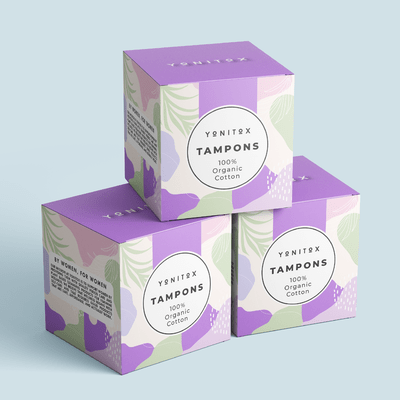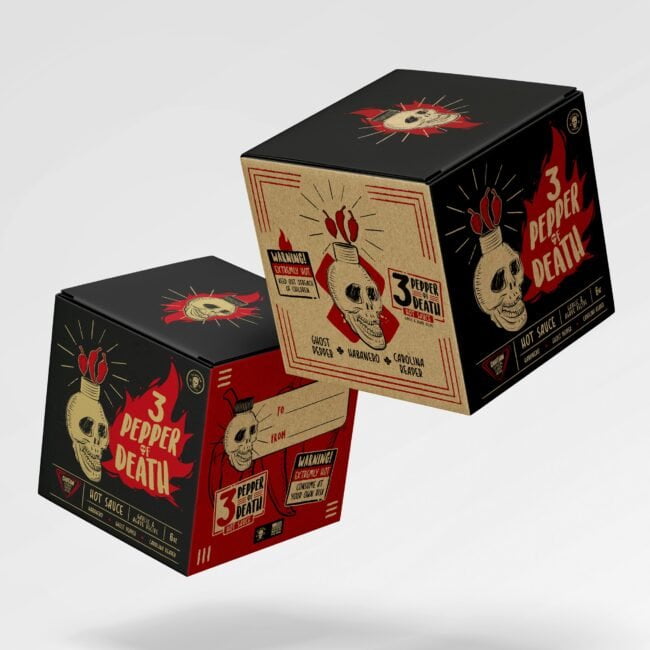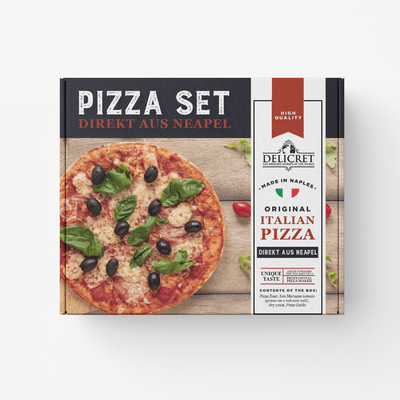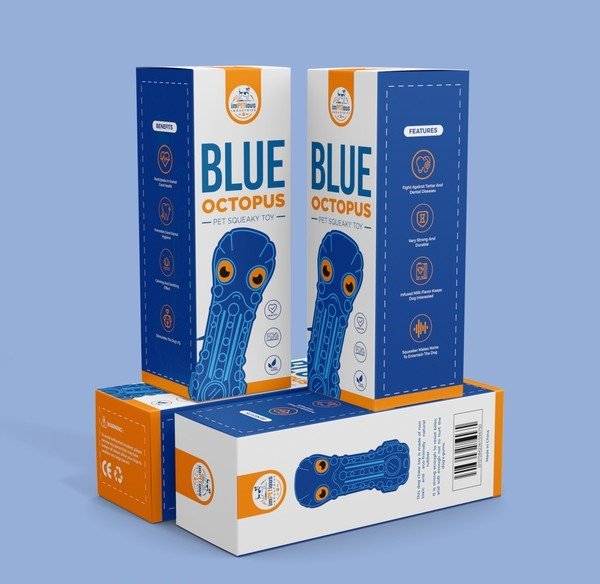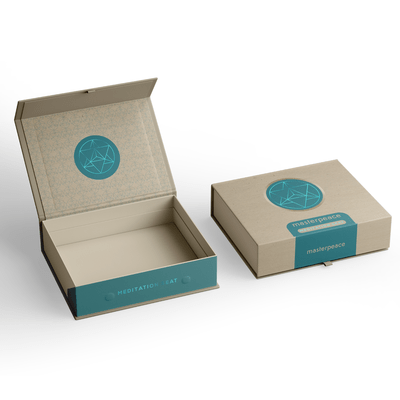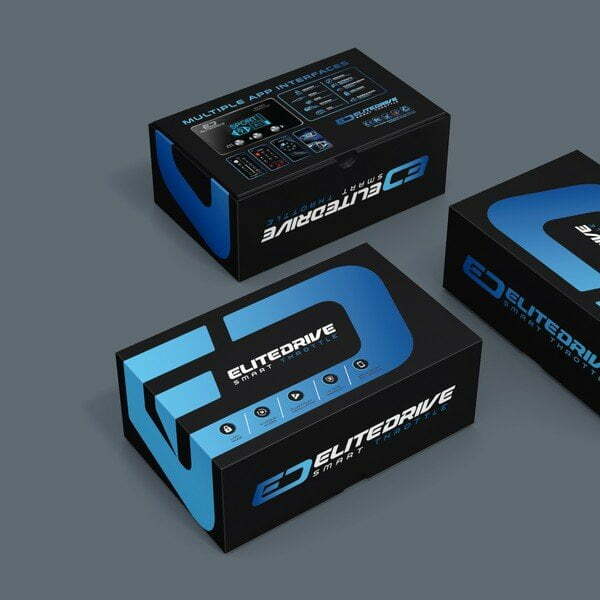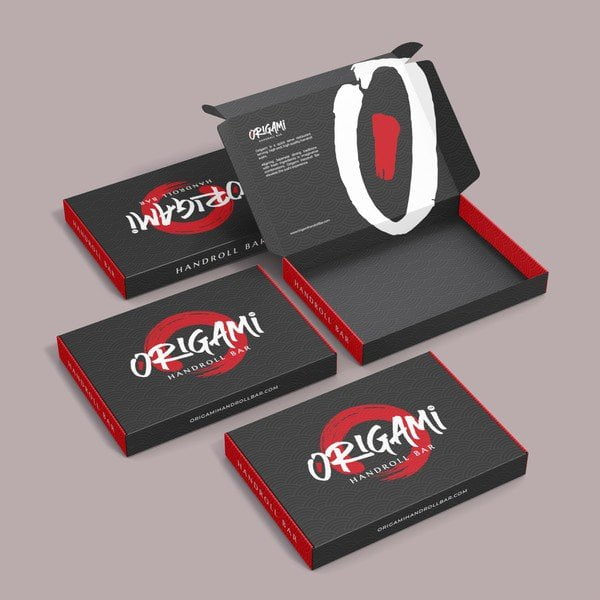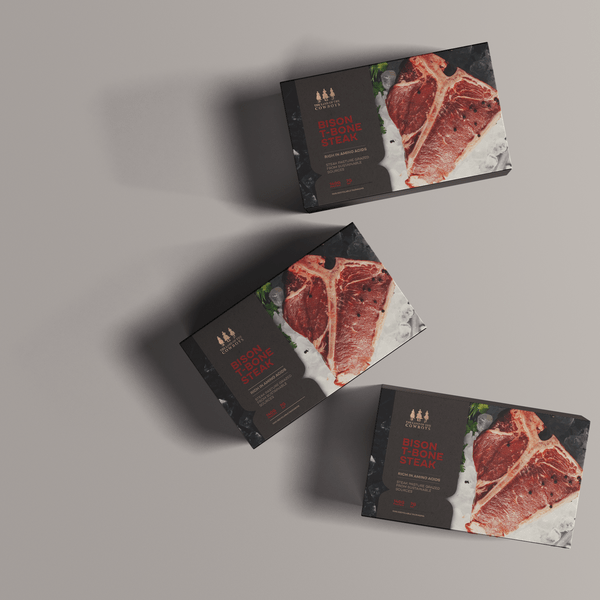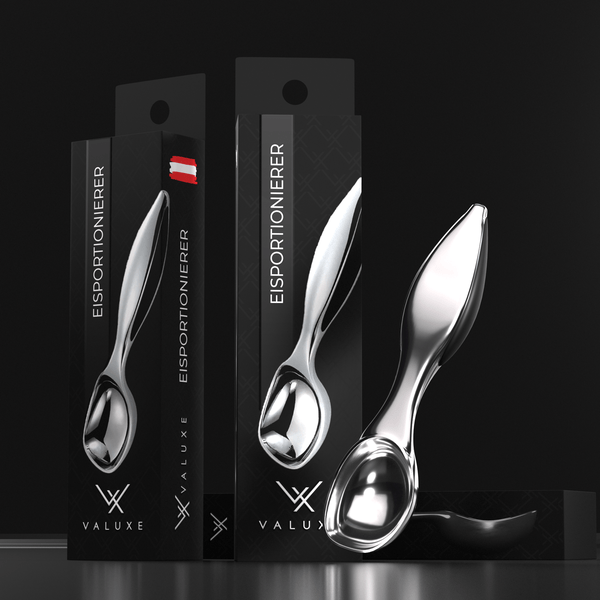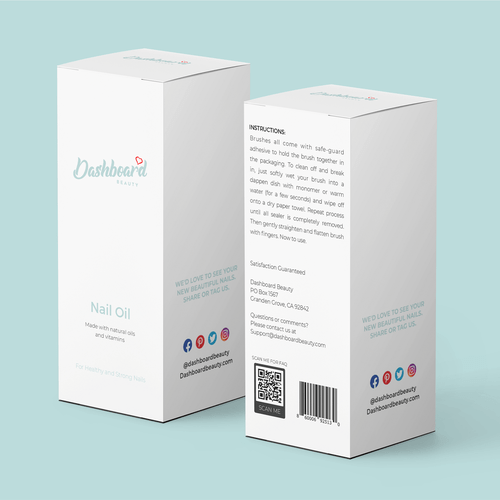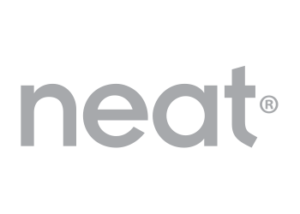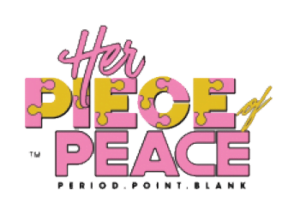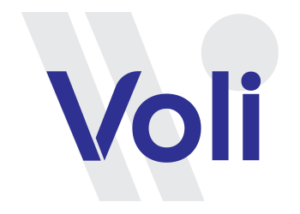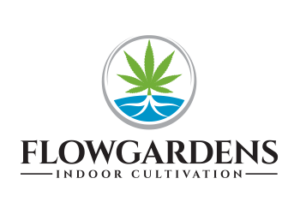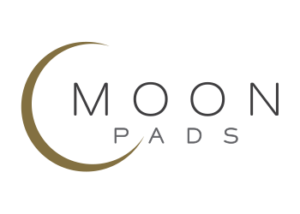Introduction
Bakery boxes are specialized food-grade packaging containers designed to safely transport baked goods while preserving freshness, structural integrity, and visual appeal. Custom bakery boxes serve dual purposes: protecting delicate products during transit and reinforcing brand identity through personalized design elements that differentiate bakeries in competitive markets.
Are your baked goods arriving damaged at customer doorsteps? Is your packaging failing to communicate your brand’s premium quality? You’re not alone. Over 60% of bakery businesses report that inadequate packaging directly impacts customer satisfaction and repeat purchase rates.
The right bakery packaging solution goes beyond simple containment—it’s a strategic business asset that protects your products, amplifies your brand presence, and creates memorable unboxing experiences that drive customer loyalty. Whether you operate a boutique patisserie, commercial bakery, or online dessert delivery service, understanding the nuances of custom bakery boxes can transform your packaging from an afterthought into a powerful marketing tool.
This comprehensive guide explores everything B2B decision-makers need to know about selecting, customizing, and leveraging bakery boxes to maximize product protection, enhance brand perception, and ultimately increase profit margins.
Understanding Bakery Boxes: Types and Applications
Standard Bakery Box Categories
Bakery boxes come in diverse configurations to accommodate different product types, business models, and customer expectations:
Window Bakery Boxes These containers feature transparent acetate or PET plastic windows that showcase products without opening the package. Window boxes increase impulse purchases by 34% according to packaging industry research, as customers can verify product quality and visual appeal before buying. They work exceptionally well for decorated cupcakes, colorful macarons, and artisan cookies where presentation drives purchasing decisions.
Solid Wall Bakery Boxes Traditional opaque boxes offer maximum structural integrity and cost efficiency for high-volume operations. These workhorses of the bakery industry protect products from light exposure, maintain consistent internal temperatures, and provide ample surface area for branding elements. Solid wall designs suit bread loaves, bulk cookie orders, and products where visual inspection isn’t necessary before purchase.
Cake Boxes and Tiered Designs Specialized tall boxes with reinforced corners accommodate layered cakes, tall pastries, and elaborate dessert presentations. Premium cake boxes often include internal support systems, grease-resistant coatings, and stackable features that facilitate efficient storage and transportation.
Why Custom Bakery Boxes Matter for B2B Success
Brand Differentiation in Saturated Markets
The American bakery market generates over $45 billion annually, with thousands of establishments competing for customer attention. Custom bakery boxes transform ordinary packaging into brand ambassadors that work 24/7.
Recognition and Recall Consistent packaging design increases brand recognition by 80% according to marketing research. When customers see your distinctive box design at events, in social media posts, or on store shelves, they immediately associate it with your quality standards and product offerings.
Premium Positioning Custom packaging communicates value before customers taste your products. Bakeries using tailored packaging solutions report 25-40% higher perceived value compared to generic alternatives. This perception justifies premium pricing strategies and attracts customers willing to pay more for exceptional experiences.
Product Protection and Waste Reduction
Structural Engineering Properly designed bakery boxes account for product weight distribution, stacking requirements, and transit conditions. Features like corner reinforcements, base locks, and ventilation systems prevent common damage issues:
- Crushed decorations from inadequate height clearance
- Moisture accumulation causing sogginess
- Shifting during transport that ruins presentation
- Grease seepage damaging exterior branding
Cost Savings Through Reduced Loss Product damage represents pure profit loss. Bakeries implementing optimized packaging solutions reduce damage-related waste by 15-30%, directly improving bottom-line profitability. For a bakery producing 500 units daily, this translates to saving 75-150 products from becoming unsellable waste.
Essential Features of High-Performance Bakery Boxes
Material Selection Criteria
Food-Grade Paperboard Standards All bakery packaging must meet FDA food-contact regulations. SBS (Solid Bleached Sulfate) paperboard remains the industry standard, offering:
- Grease resistance without additional coatings
- Structural strength from 12pt to 24pt thickness options
- Excellent printability for vibrant branding
- Recyclability that appeals to environmentally conscious customers
Sustainable Material Alternatives Modern bakeries increasingly adopt eco-friendly solutions that maintain performance while reducing environmental impact. Options include:
- Post-consumer recycled (PCR) paperboard with 30-100% recycled content
- Biodegradable coatings replacing traditional plastic lamination
- Compostable kraft paperboard for rustic, natural aesthetics
- Water-based inks that eliminate petroleum-derived chemicals
Functional Design Elements
Ventilation and Moisture Management Strategic perforation patterns prevent condensation while maintaining structural integrity. Vented designs extend product freshness by 40% for items like croissants and Danish pastries that require airflow to maintain texture.
Easy-Assembly Construction Time is money in food service operations. Lock-corner and auto-bottom designs reduce assembly time from 15 seconds to under 3 seconds per box, increasing packaging efficiency during peak production hours. For operations packaging 200+ items daily, this represents significant labor cost savings.
Secure Closure Systems Professional closure mechanisms include:
- Tuck-top designs for quick sealing
- Tab-lock systems providing tamper-evidence
- Adhesive strips for secure transport
- Ribbon or handle attachments for gift presentation
Customization Options That Drive Business Results
Visual Branding Strategies
Full-Color Digital Printing Modern digital printing technology enables photographic-quality graphics, complex color gradients, and intricate design details without minimum order requirements. This accessibility allows small bakeries to compete with established brands through distinctive visual identity.
Strategic Brand Placement Effective custom bakery boxes incorporate branding elements across multiple touchpoints:
- Primary logo placement on lid and front panel
- Social media handles encouraging customer engagement
- Website URLs driving online traffic
- Product information and ingredient transparency
- QR codes linking to recipes, promotions, or loyalty programs
Seasonal and Limited Edition Designs Rotating packaging designs for holidays, special events, or seasonal offerings create urgency and collectibility. Bakeries employing seasonal packaging strategies report 22% higher sales during promotional periods compared to static packaging approaches.
Size Optimization and Product Fit
Right-Sizing Benefits Oversized packaging increases material costs and shipping expenses while undersized options compromise product integrity. Professional bakery box suppliers offer dimension customization in quarter-inch increments, ensuring perfect fit for:
- Individual pastry portions (3x3x3 inches)
- Half-dozen cookie sets (7x5x2 inches)
- Standard cake rounds (10x10x5 to 14x14x6 inches)
- Specialty items requiring unique dimensions
Multi-Compartment Configurations Dividers and insert systems separate different products within single boxes, ideal for variety packs, combination gifts, or catering orders. This approach reduces packaging waste while providing organized presentation that customers appreciate.
Selecting the Right Bakery Box Supplier
Evaluation Criteria for B2B Partnerships
Production Capabilities and Lead Times Reliable suppliers demonstrate:
- Minimum order quantities matching your volume requirements (typically 250-1,000 units for custom printing)
- Consistent 2-3 week production timelines for initial orders
- Rush service availability for urgent needs
- Inventory management programs for recurring orders
Quality Assurance Standards Request samples before committing to large orders. Evaluate actual boxes for:
- Print color accuracy and consistency
- Structural integrity under weight stress
- Corner and seam durability
- Material thickness meeting specifications
Design Support Services The best packaging partners offer complimentary design assistance, including template provision, mockup creation, and proof approval processes. This support ensures your vision translates accurately to final production.
Cost Considerations and ROI Analysis
Price Structure Components Custom bakery box pricing includes:
- Base material costs ($0.15-$0.85 per unit depending on size and material)
- Printing fees (setup charges plus per-unit costs)
- Die-cutting fees for custom shapes ($150-$500 one-time)
- Shipping and handling based on order volume
Calculating Packaging ROI Evaluate custom packaging investment against:
- Reduced product damage and waste
- Increased average order value from premium positioning
- Enhanced customer retention through brand recognition
- Marketing value of customer-generated social media content
- Competitive differentiation enabling higher pricing
Most bakeries achieve positive ROI within 6-8 months when custom packaging increases perceived value by just 10-15%.
Implementation Best Practices for Bakery Operations
Inventory Management Strategies
Storage Requirements Bakery boxes require climate-controlled storage to prevent warping and moisture absorption. Allocate 15-20% more storage space than occupied box volume to prevent crushing and allow easy access during busy periods.
Ordering Cadence Optimization Balance inventory holding costs against volume discounts and production timelines. Most bakeries establish quarterly ordering schedules for standard packaging while maintaining smaller quick-turn options for seasonal variations.
Staff Training and Quality Control
Proper Handling Protocols Implement standardized procedures for:
- Pre-assembly of lock-corner boxes during slow periods
- Correct product placement preventing shifting
- Appropriate filling levels (80% capacity maximum for transit stability)
- Secure closure verification before customer handoff
Damage Prevention Techniques Train staff to identify packaging failures before products reach customers. Common issues include insufficient base support for heavy cakes, inadequate height clearance for decorated items, and improper stacking causing compression damage.
Sustainability Trends Shaping Bakery Packaging
Consumer Expectations and Environmental Responsibility
Modern consumers actively seek businesses demonstrating environmental stewardship. Over 73% of American consumers consider packaging sustainability when choosing where to purchase baked goods.
Recyclable and Compostable Solutions Transitioning to eco-friendly bakery boxes addresses customer concerns while often reducing costs. Kraft paperboard options cost 10-15% less than bleached alternatives while conveying authentic, artisanal brand values.
Minimalist Design Philosophy Reducing packaging complexity through streamlined designs decreases material usage, simplifies recycling, and lowers production costs. This approach aligns with contemporary aesthetic preferences favoring clean, uncluttered presentation.
Regulatory Compliance and Future-Proofing
PFAS and Chemical Restrictions Multiple states have enacted or proposed legislation banning PFAS (per- and polyfluoroalkyl substances) in food packaging. Proactive bakeries partner with suppliers offering PFAS-free grease-resistant alternatives ensuring long-term compliance.
Extended Producer Responsibility (EPR) Emerging EPR regulations may require businesses to fund packaging recycling programs. Choosing readily recyclable materials now positions your bakery advantageously as these regulations expand nationwide.
Explore our comprehensive guide to sustainable food packaging solutions for more environmental stewardship strategies.
Case Studies: Custom Bakery Boxes Driving Business Growth
Boutique Patisserie Brand Transformation
A Seattle-based French patisserie implemented custom window boxes featuring watercolor illustrations and gold foil accents. Results over 12 months included:
- 45% increase in social media mentions and tagged photos
- 28% growth in average order value
- 62% of customers reporting the packaging influenced their purchase decision
- Successful expansion to wholesale partnerships with gift shops valuing distinctive packaging
High-Volume Commercial Bakery Efficiency Gains
A regional bakery producing 2,000 units daily switched from generic boxes to custom auto-bottom designs with optimized dimensions. Outcomes included:
- Assembly time reduced from 12 seconds to 4 seconds per box
- Labor cost savings of $18,000 annually
- Product damage reduction from 8% to 2%
- Storage space requirements decreased by 30% through improved stacking efficiency
Common Mistakes to Avoid When Ordering Bakery Boxes
Design and Specification Errors
Inadequate Proofing Process Always request physical samples before approving large production runs. Screen mockups cannot accurately represent color accuracy, material feel, or structural performance.
Ignoring Product Dimensions Measure your actual products including decorations, toppings, and packaging materials like tissue paper. Allow minimum 0.5-inch clearance on all sides to prevent damage during normal handling.
Overcomplicating Initial Designs Start with clean, professional designs featuring strong brand elements. Complex graphics with excessive detail often lose impact at small scale and increase printing costs unnecessarily.
Supplier Relationship Issues
Choosing Price Over Partnership The cheapest supplier rarely provides the best total value. Consider design support, reorder efficiency, quality consistency, and responsive customer service when evaluating options.
Neglecting Sample Testing Request samples during different seasonal conditions. Some materials perform differently in high humidity environments or temperature extremes.
Discover more about optimizing your product packaging strategy for maximum impact.
Frequently Asked Questions About Bakery Boxes
What is the standard size for bakery boxes? Common bakery box dimensions include 4x4x4 inches for individual pastries, 9x9x4 inches for small cakes or half-dozen cookies, and 10x10x5 inches for standard layer cakes. However, custom sizing is recommended for optimal product fit and material efficiency.
How much do custom bakery boxes cost compared to plain white boxes? Custom printed bakery boxes typically cost $0.30-$1.20 per unit depending on size, printing complexity, and order volume, compared to $0.15-$0.40 for unprinted alternatives. The 2-3x price premium delivers substantially higher perceived value and brand recognition benefits.
What materials are best for preventing grease stains on bakery boxes? SBS (Solid Bleached Sulfate) paperboard naturally resists grease penetration. For additional protection, specify aqueous coatings or biodegradable grease-resistant barriers. Avoid PFAS-containing treatments due to emerging regulatory restrictions.
Can small bakeries order custom boxes in low quantities? Many modern suppliers accommodate orders as small as 250-500 units for custom printed boxes using digital printing technology. This accessibility allows small operations to access professional branding previously limited to high-volume buyers.
How long does it take to receive custom bakery box orders? Standard production timelines range from 2-3 weeks after design approval for initial orders. Reorders typically ship within 5-10 business days. Many suppliers offer rush production (additional fees apply) completing orders in 7-10 days for urgent needs.
Are eco-friendly bakery boxes as durable as traditional options? Modern sustainable materials match or exceed traditional packaging performance. Recycled paperboard and biodegradable options undergo the same structural testing and meet identical food-safety standards while reducing environmental impact.
What information should be printed on bakery boxes for compliance? While requirements vary by jurisdiction, generally include: business name and address, ingredient allergen warnings when applicable, net weight for prepackaged items, and handling instructions if relevant. Consult local health department regulations for specific mandates.
How can I make my bakery boxes Instagram-worthy? Focus on distinctive visual elements: bold colors, unique typography, clean layouts with ample white space, and interactive elements like QR codes or hashtag prompts. Consider seasonal designs, unboxing-friendly structures, and details that photograph well in natural lighting.
